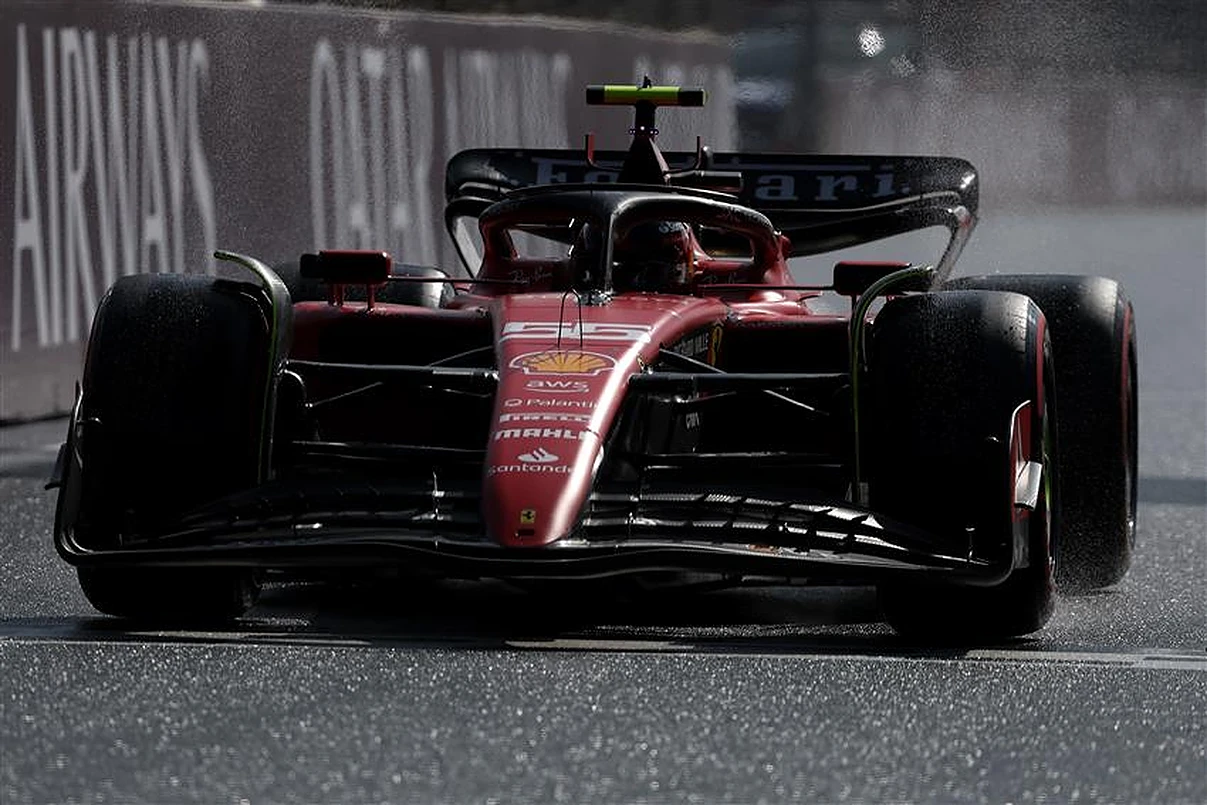The high stakes, excitement, glamour, and drama—all set inside a high-octane environment of cutting-edge technology with faces and brands recognised worldwide. Formula 1 has skyrocketed in popularity recently, partly thanks to high-profile media productions like Formula 1: Drive to Survive, Rush, Schumacher, and other autobiographical renditions of famous drivers of the past and present.
Brands worldwide have recognized the sport’s broad appeal; practically anything it touches turns to gold. The latest boost comes from the US as every other male between the ages of 25 to 54 years old has embraced the global racing series.
Companies are lining up to sign lucrative sponsorship contracts because of F1’s global appeal and high-value audience, primarily consisting of affluent, educated males with a higher-than-average annual income. Luxury and high-profile brands like Rolex, Qatar Airways and Saudi Aramco are longstanding sponsors. Outside the main sponsors, individual teams and drivers further showcase brands and products to the discerning, tech-savvy, high-earning and often young audience.
As a relatively “new” market, the United States provides a solid indication of Formula 1’s growth. We say new because if you think about racing and America, you will likely think about NASCAR. It’s only in recent years that Formula 1 rose to the top domestically in the country. Logan Sargeant is the only American driver on the grid, the first in eight years.
An American driver last participated when Alexander Rossi raced in the 2015 Brazilian Grand Prix. Few American drivers aside, it hasn’t stopped Americans from flocking to their screens. In 2019, viewership had 949,000 viewers. In 2022, that increased by 28% to 1.21 average viewers. This year, it grew another 5.5% to 1.28 million viewers per race. Accordingly, US companies are gunning for pole position.
Among these, US sports betting brands have increased their presence by sponsoring F1 teams and drivers. Many sports betting companies have gone beyond just wagering and covering areas of traditional media like live streaming productions, podcasts, and lifestyle. The overlap with modern US bookmakers perfectly matches the predominant demographic of educated and high-earning 25-54-year-old males.
Another prominent industry is food and beverages, where global companies like Heineken, Budweiser, Coca-Cola, and Red Bull have a chance to showcase their brands and products with a near-perfect match with the audiences, regardless of what country they’re viewing from, with young and energetic audiences everywhere.
The only apparent threat to Formula 1 viewerships and success is the Golden Boy himself, Max Verstappen. This form and domination have been nothing short of amazing, leading him to win race after race, which has some fans complaining about the predictability of the races.
However, that’s not really a legitimate concern. Formula 1 has always had dynasties through the decades featuring dominant drivers and teams, and rather than taking away from the sport, it provides more to the mysticism and legendary appeal of Formula 1, everyone’s favourite racing sport.

